In today’s image-driven world, knowing how to translate a picture to text has become a necessity. Visual translation tools are reshaping global communication. With AI-powered OCR systems now achieving over 90% accuracy in text extraction, translating images is faster and more precise than ever. Instead of retyping entire documents, you can simply upload a photo and get readable, editable text in seconds. In this guide, I’ll show you three practical ways to do it quickly, accurately, and without losing context.
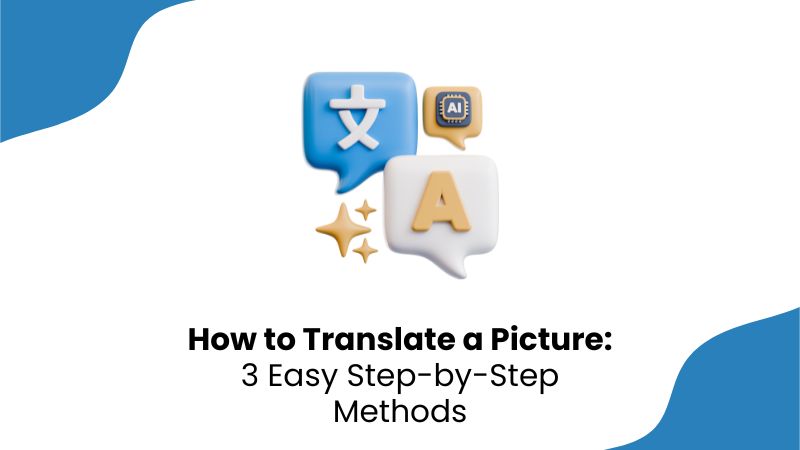
When to Use Picture Translation
Some of the most time-consuming translations don’t come from Word files or PDFs. They come from photos. It can be a picture of a report, a presentation slide, or a scanned form. Converting that image into editable text can save hours of manual effort. That’s where picture translation becomes practical, not just convenient. It’s useful when the document can’t be copied or exported, which is a common situation with printed contracts, classroom materials, or certificates that need quick translation.
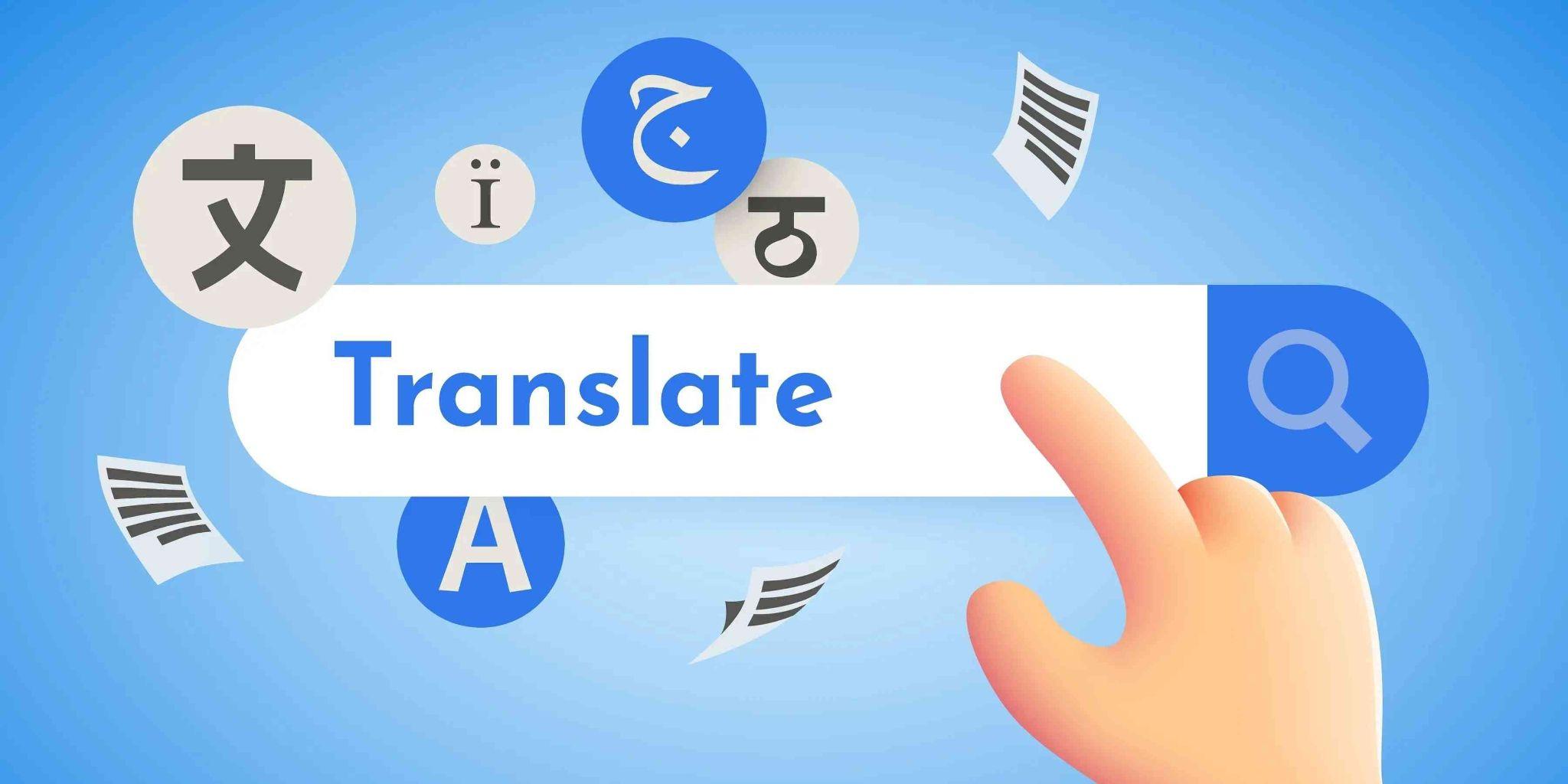
If you’ve ever found yourself stuck retyping a long image-based file, picture translation is exactly what you need. It bridges that gap between static visuals and editable content. Here are a few specific situations where it makes sense to use it:
Printed documents and forms: When you need to translate contracts, invoices, or handwritten notes captured as images.
Screenshots and presentation slides: Ideal for classroom or business materials that include embedded text or charts.
Scanned reports or PDFs: Perfect for digitized papers that can’t be copied and pasted.
Old archives or official records: Helps restore and translate aged or low-quality images without rewriting everything.
Picturetranslation is about keeping pace with how we actually share information today. Being able to translate visuals efficiently keeps your work both accurate and accessible.
3 Tools to Translate a Picture Step-by-Step
Around 40% of translation requests today come from non-editable sources like PDFs, screenshots, or photographed pages, which means you’re not dealing with plain text at all. In those cases, tools with built-in Optical Character Recognition make all the difference. They can read printed or handwritten text, convert it into editable form, and translate it while keeping the layout intact. I found that only a handful could do this efficiently without disrupting the formatting or tone.
AnyDoc Translator
As someone who often works with complex documents and large PDFs, AnyDoc Translator is exactly the kind of tool I need to translate full-page layouts without losing structure. Its key ability is to accept scanned PDFs or images and preserve formatting, all stay where they belong. On top of that, it supports many formats such as PDF, Word, PowerPoint, etc., handles large file sizes more gracefully than many free tools, and lets you export translations in editable formats. If realism in appearance matters alongside accuracy, AnyDoc is built for that kind of translation work.

Features:
Supports scanned PDFs, images, and image-based documents while preserving original layouts such as headings, tables, and embedded visuals.
Allows uploads in several formats including PDF, DOCX, and PPTX, and provides editable translated outputs for easy revisions.
Processes large or complex files efficiently without crashing or losing layout integrity.
Web-based access means there’s no need for installation, and files can be translated directly through your browser.
Pros:
Maintains document structure and readability exceptionally well.
Delivers professional-grade results ideal for reports, scanned books, or research material.
Provides a simple upload-download workflow that requires minimal user input.
Translated text remains editable, allowing for fine-tuning or formatting changes.
Cons:
May require converting raw JPG or PNG images into a single-page PDF before uploading.
Needs a stable internet connection for file processing.
Once the file is ready, the process is straightforward and doesn’t take long. You just upload, select your languages, and let the system do the heavy lifting. Here’s how to do it:
Step 1: Open your browser and go to the AnyDoc Translator website.
Step 2: On the homepage, click the“Translator” tab in the top toolbar.
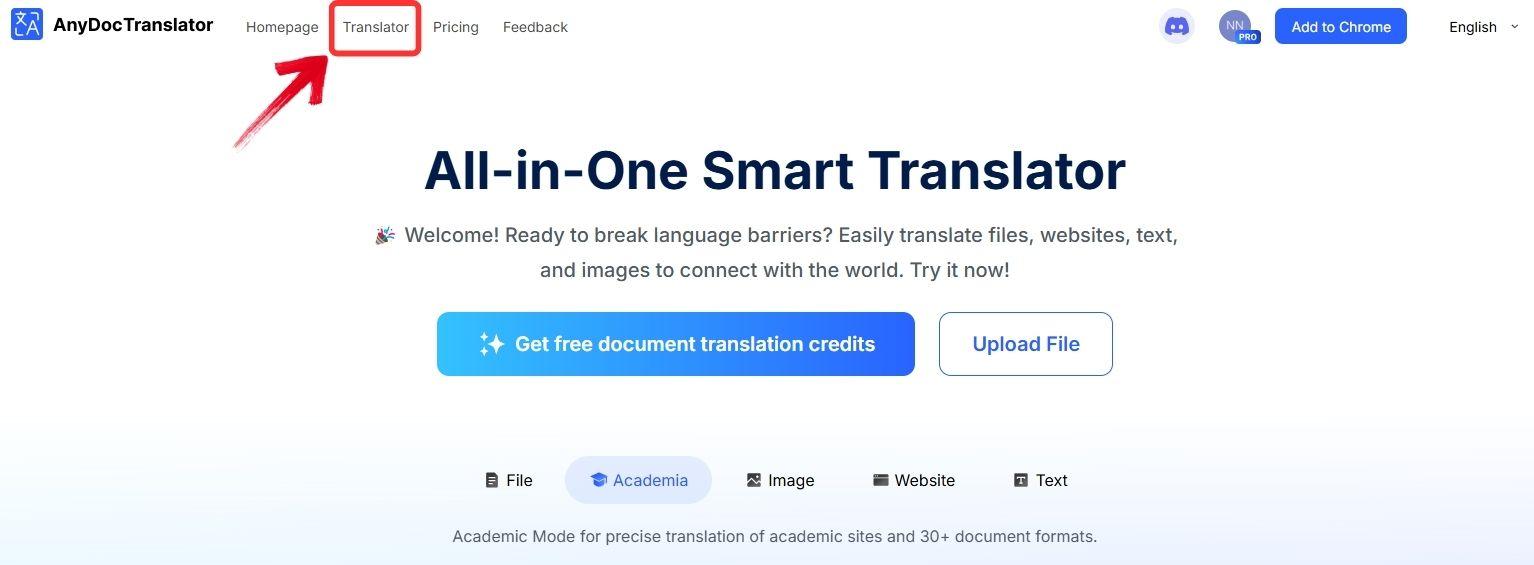
Step 3: AnyDoc supports translation for PDFs, text files, images, and even websites. For this guide, select the“Translate Image” tab.
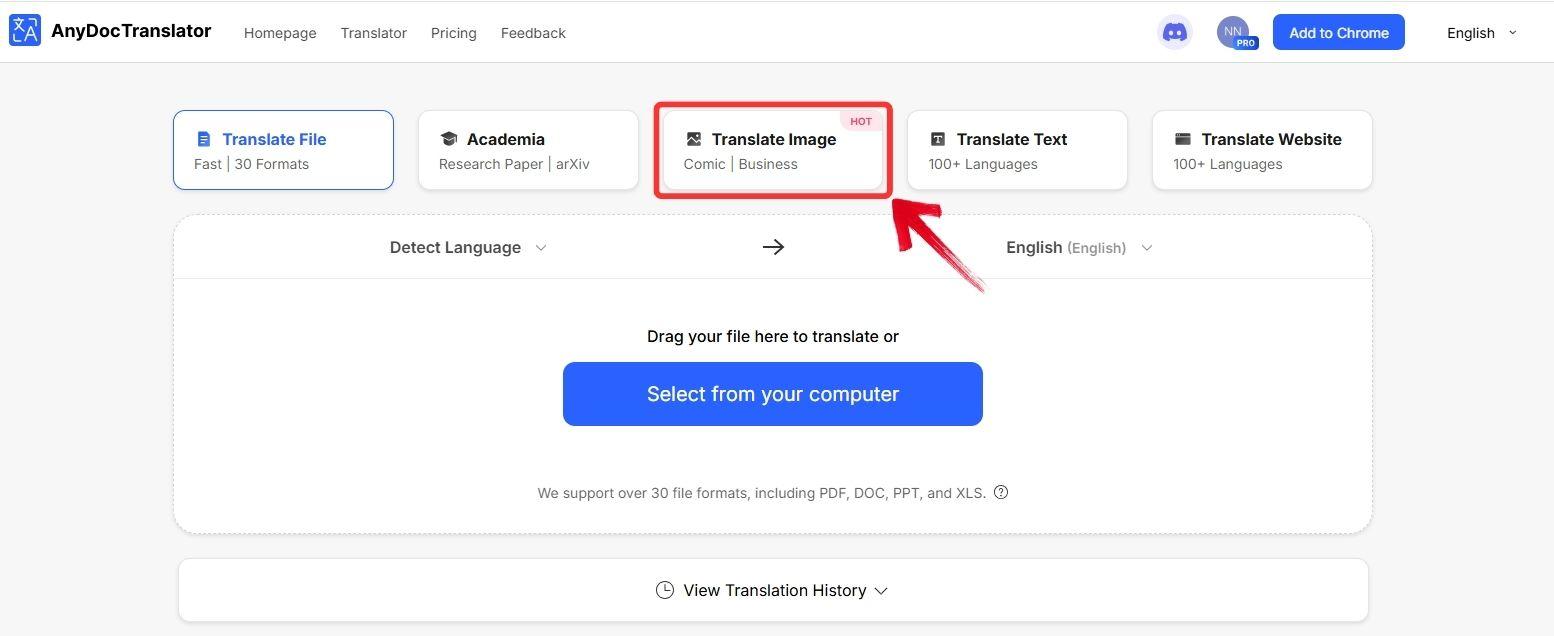
Step 4: Click the “Select from your computer” button to upload the image you want to translate, or drag and drop it into the upload area.
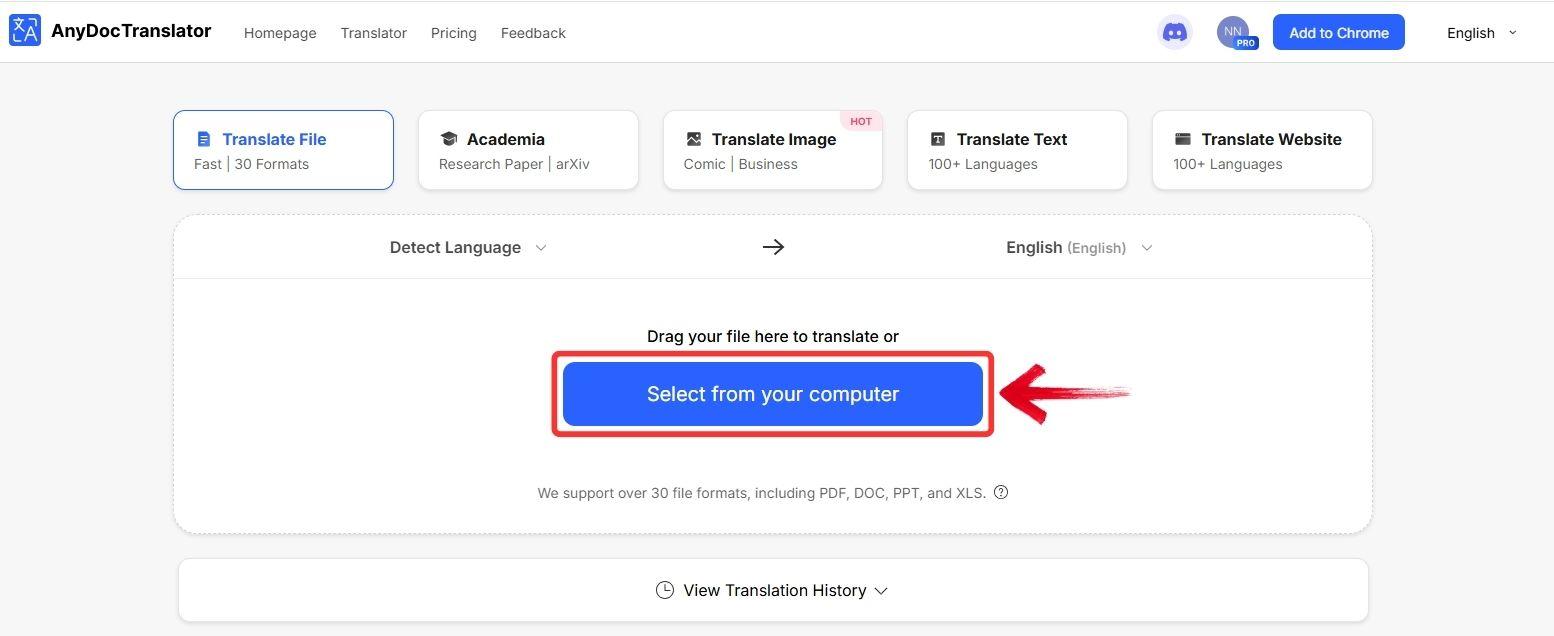
Step 5: Wait while AnyDoc processes the image. This usually takes around 5–20 seconds, depending on the amount of text.
Step 6: Once the translation is complete, you’ll see a preview of your image with the translated text. You can also change the source or target language using the dropdown menu.
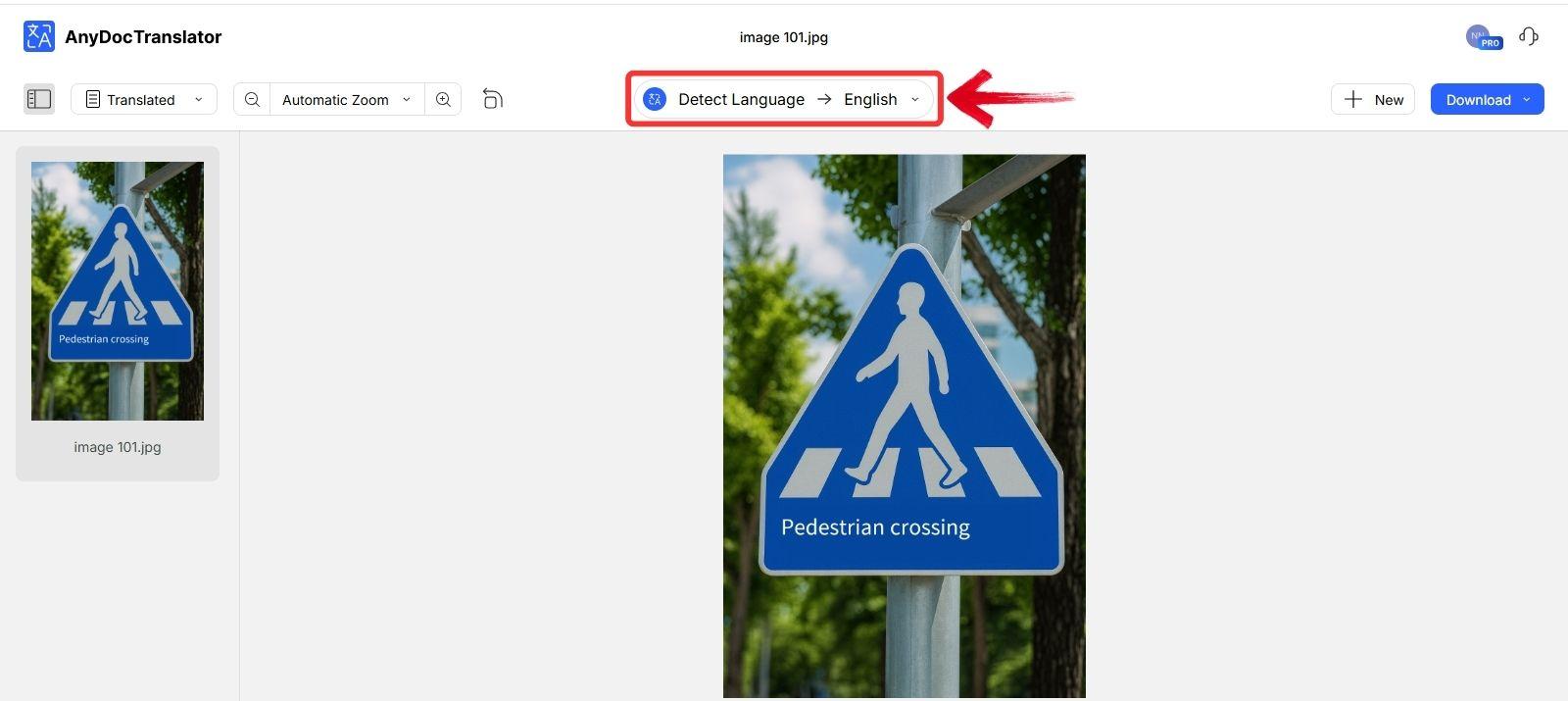
Step 7: To copy the translated text, click on the translated area within the image. A “Copy” option will appear, click it to copy the text to your clipboard.
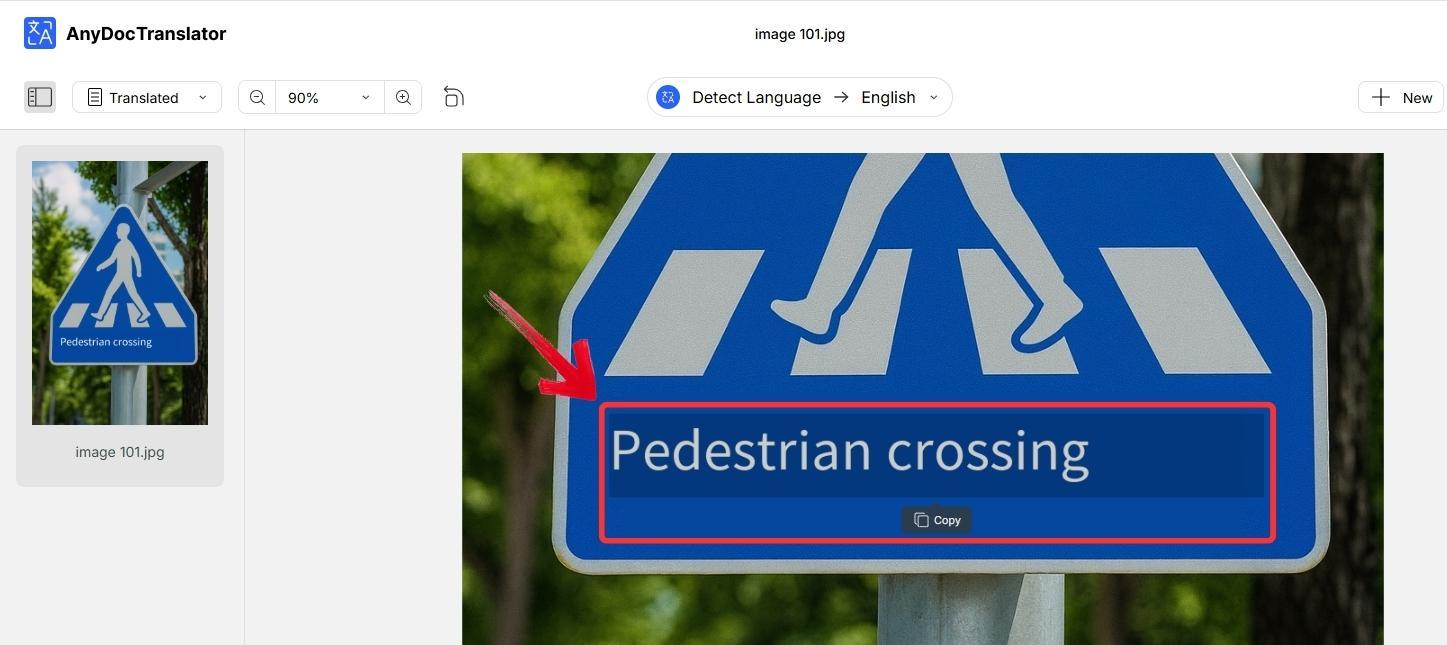
Step 8: To save the results, click the“Download” button. You can choose to download the image with the translated text or just the translated text as a .TXT file.
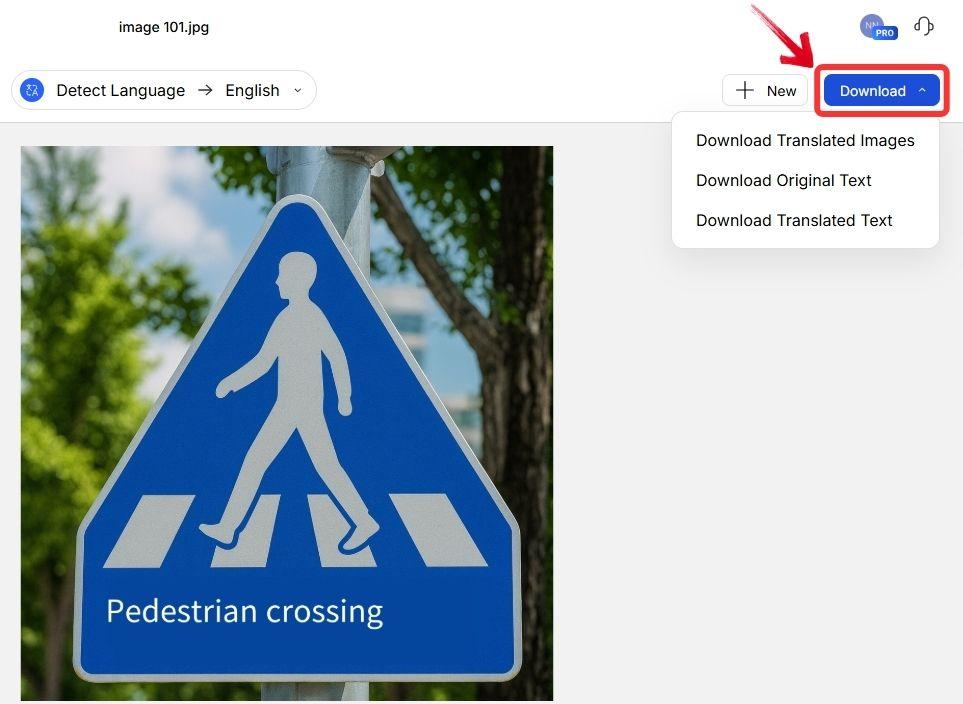
Google Translate
Google Translatehas become the standard option for many users all around the globe due to its speed and layout. Its camera/image translation tools let you point your phone or import a photo and get translation in real time. It also supports offline language packs, so even without the Internet you can still work with signs and printed text. Another helpful side feature is its improved “scan” or “import” modes, which let you highlight specific parts of an image rather than translating everything at once.
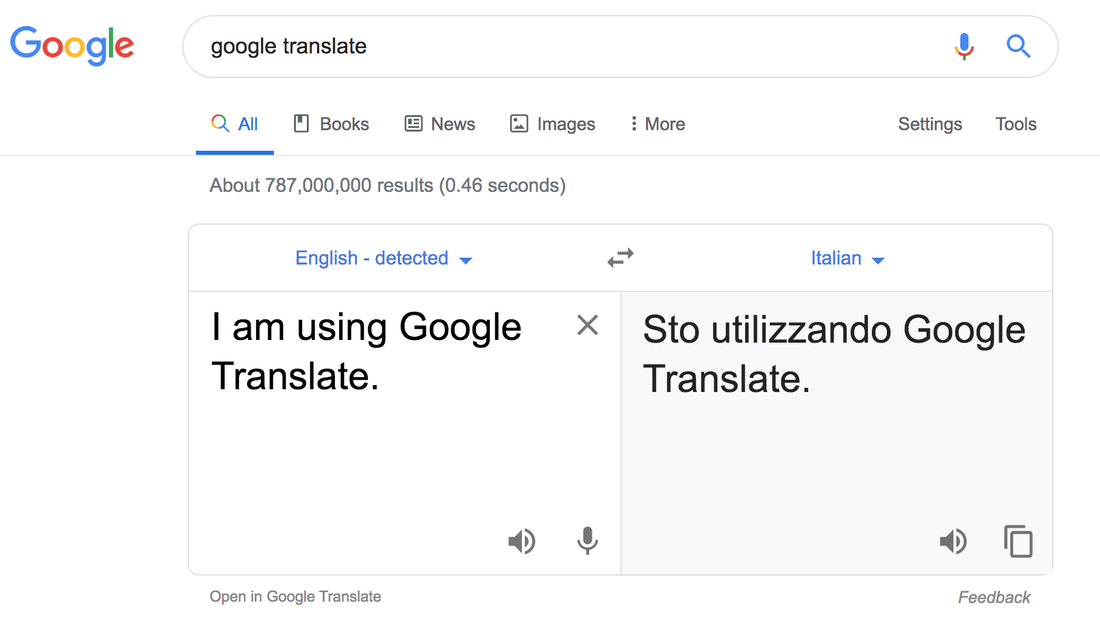
Features
Offers real-time camera translation by detecting and replacing text directly within the camera feed, showing translated text on-screen instantly.
Accepts uploaded images and screenshots, allowing users to translate static visuals without retyping.
Includes “highlight to translate” functionality, where users can select only the parts of the image they need translated instead of the entire picture.
Seamlessly integrates with Google Lens and other Android or iOS utilities, making it easy to access translation features across apps.
Pros
Fastest option for quick translations in real-world scenarios like travel, shopping, or studying.
Offline functionality allows use without internet access after setup.
User-friendly interface that’s familiar to most smartphone users.
Great for short texts, signs, and menus where layout doesn’t matter.
Cons
Translations can appear rough or literal for longer or more nuanced passages.
Doesn’t maintain document layout or spacing for complex images.
Works best with clear, high-quality photos as blurry images often lead to errors.
Using Google Translate for image translation doesn’t require much setup. Once you open the app or web version, you can start translating right away. Here’s how to go about it:
Step 1: Go to Google Translate and switch to the “Images” option. This puts you in the right mode for picture-based translation.
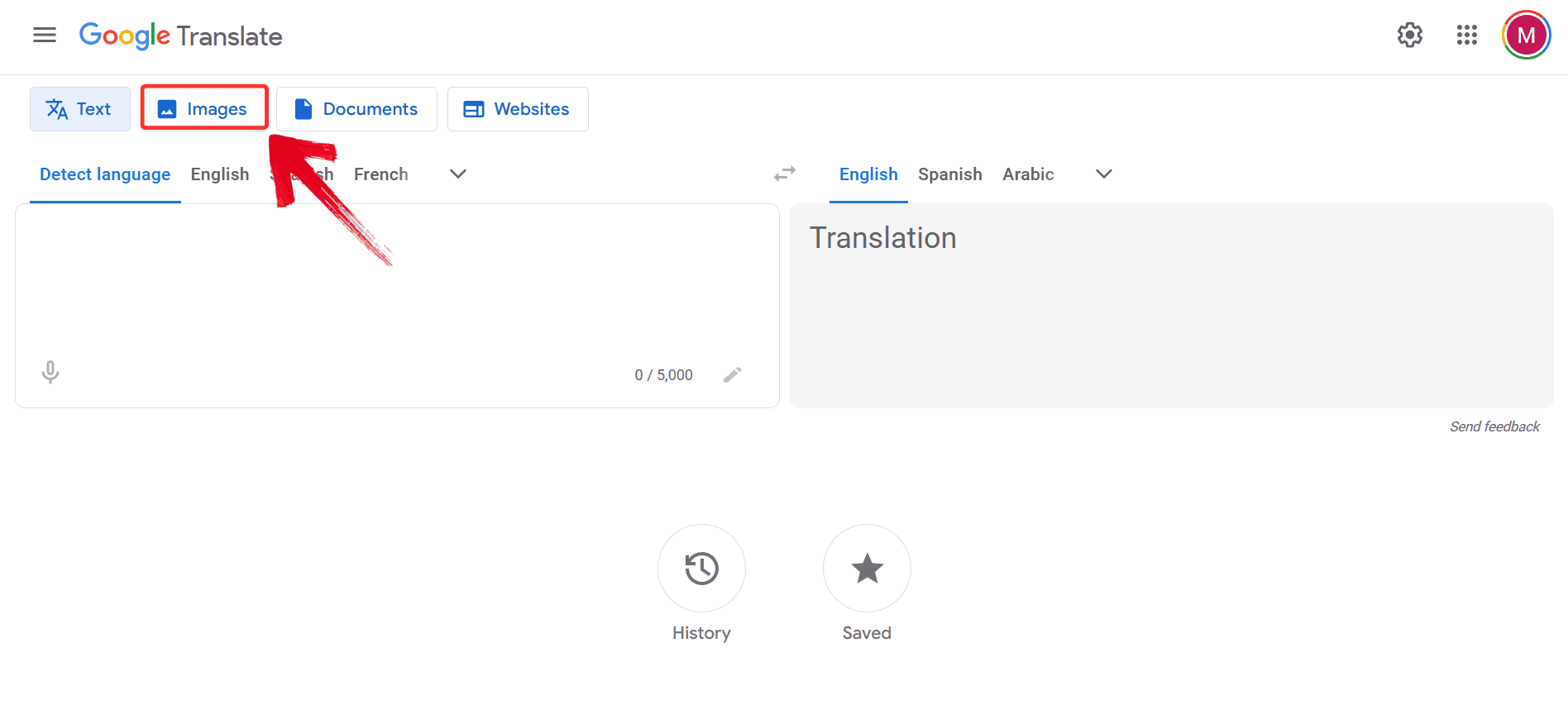
Step 2: Select the language you want to translate into, then click “Browse your files” to upload the image.
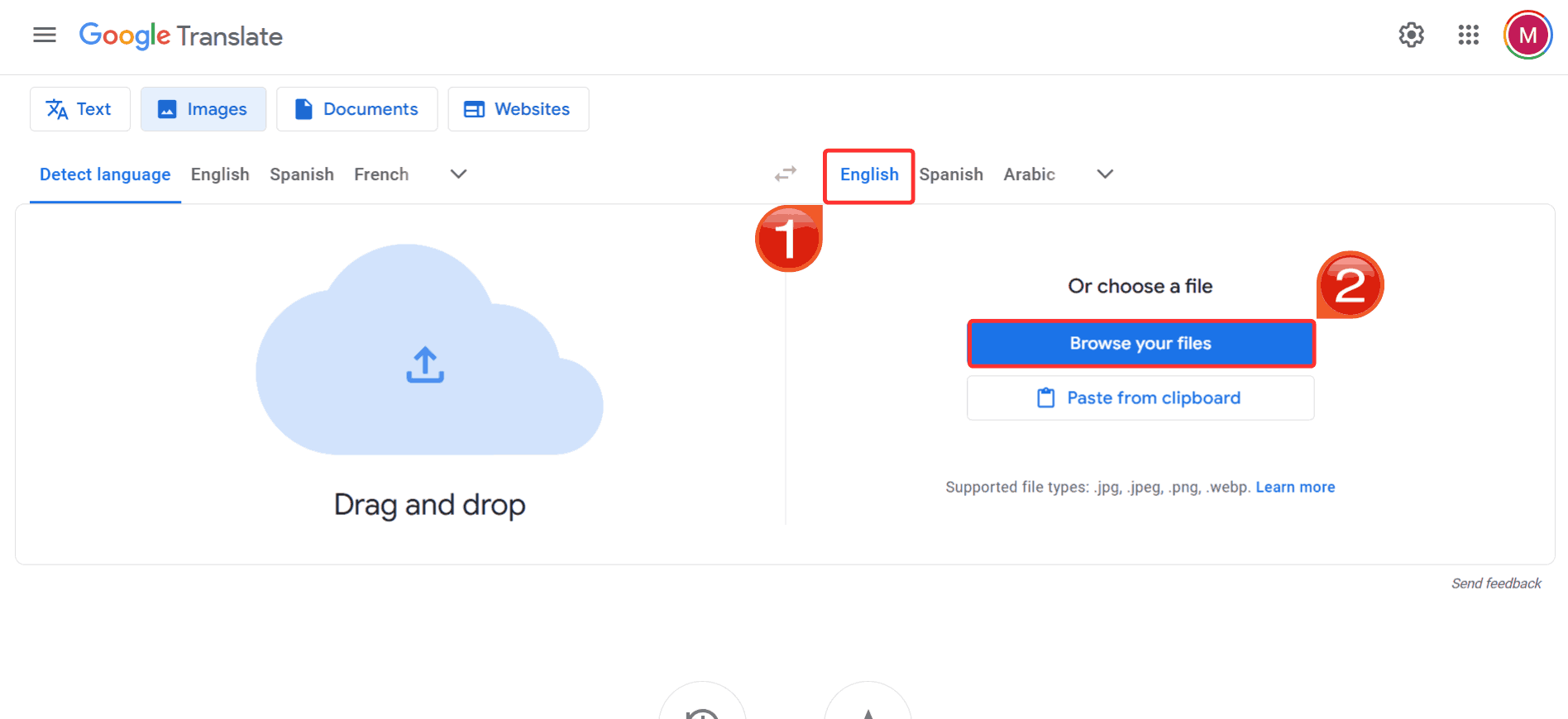
Step 3: Once the text is processed, click on“Download translation” to save the translated version of your image.
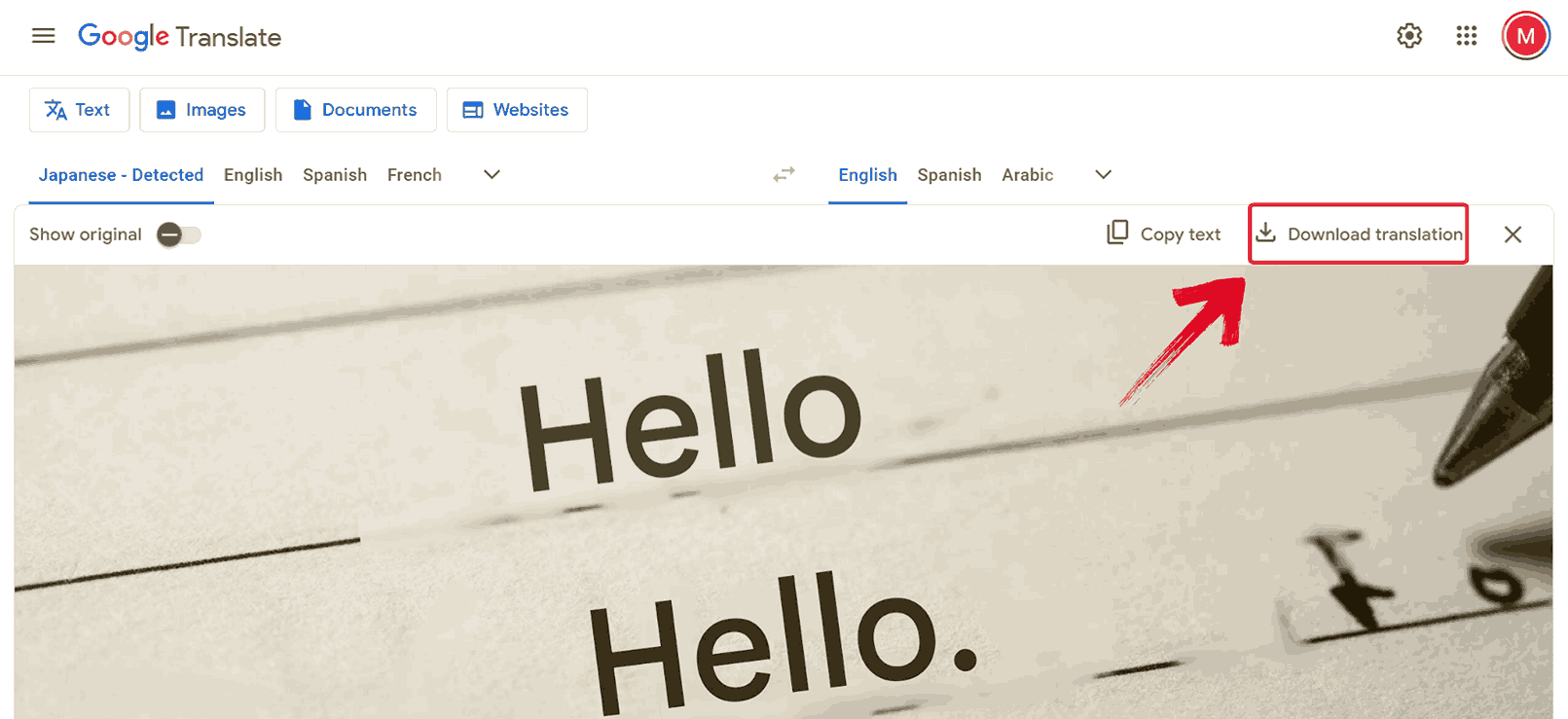
EaseMate AI
EaseMate AI is an AI-powered translation platform that combines image recognition with contextual translation, making it suitable for both quick checks and semi-formal uses. It balances ease and depth: you upload an image, and its OCR + AI combo picks up text quickly, even with tricky fonts, then renders a translation in over 200 languages. It also maintains the tone whether you need something formal or casual which isn’t always the case with simpler tools. On the side, it keeps the layout decently and lets you export or copy translated text easily.
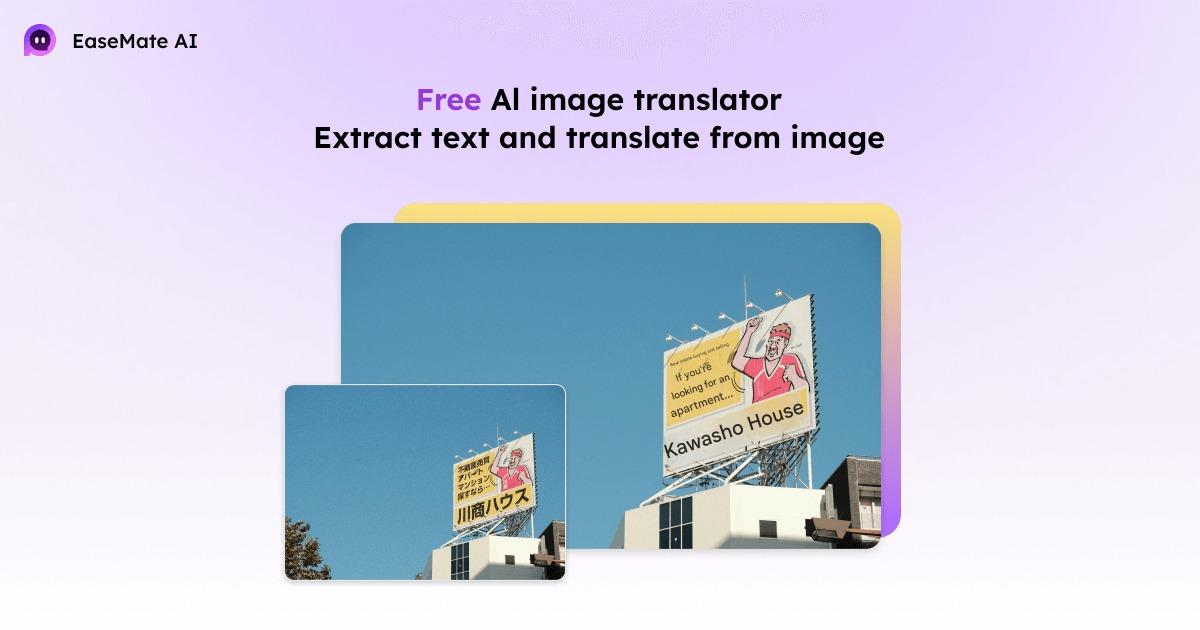
Features
Uses advanced OCR to detect text from multiple file types, including images, screenshots, and scanned pages, and instantly converts them to editable text.
Provides AI-enhanced translation that adapts to context, making results smoother and closer to human phrasing.
Accepts direct image uploads in JPG, PNG, and PDF formats without requiring conversion beforehand.
Includes options to export translations as text, PDF, or editable documents for further revision or sharing.
Pros
Produces translations that feel fluent and less mechanical.
Works well for digital content like screenshots, notes, or online materials.
Offers flexible export options suitable for both casual and academic users.
Cons
The free version may have file size or word count restrictions.
Internet connection required for most advanced features.
Formatting may not remain perfect in documents with complex layouts
The interface is simple enough for casual users but detailed enough to satisfy professionals who value clarity and tone. Once your image is ready, uploading and translating takes only a minute or two. Here’s how to translate a picture using EaseMate AI:
Step 1: Head over to EaseMate's AI Image Translator website and click on “Choose a File”, or simply drag and drop your document into the upload area.
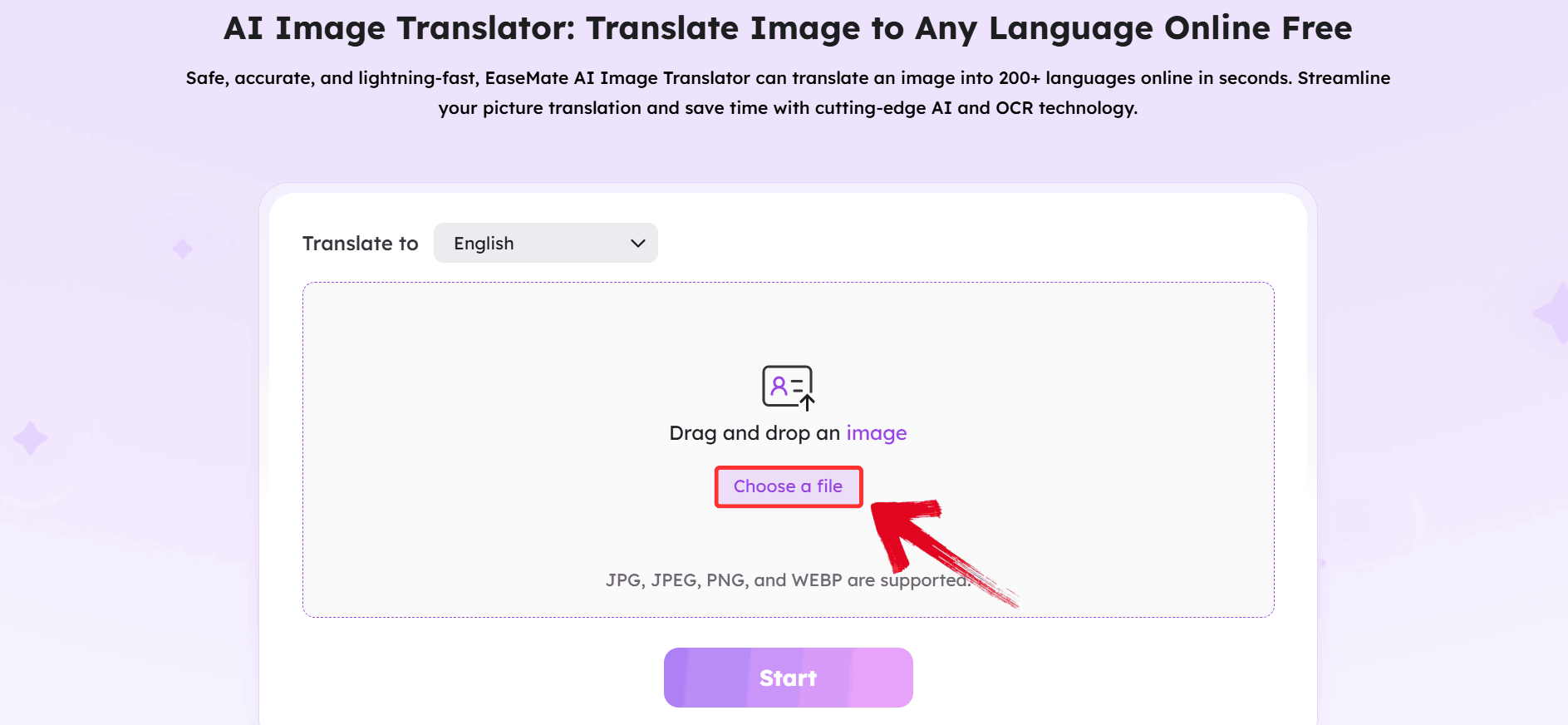
Step 2: Once your file uploads, open the language dropdown to select the language you want the text translated into.
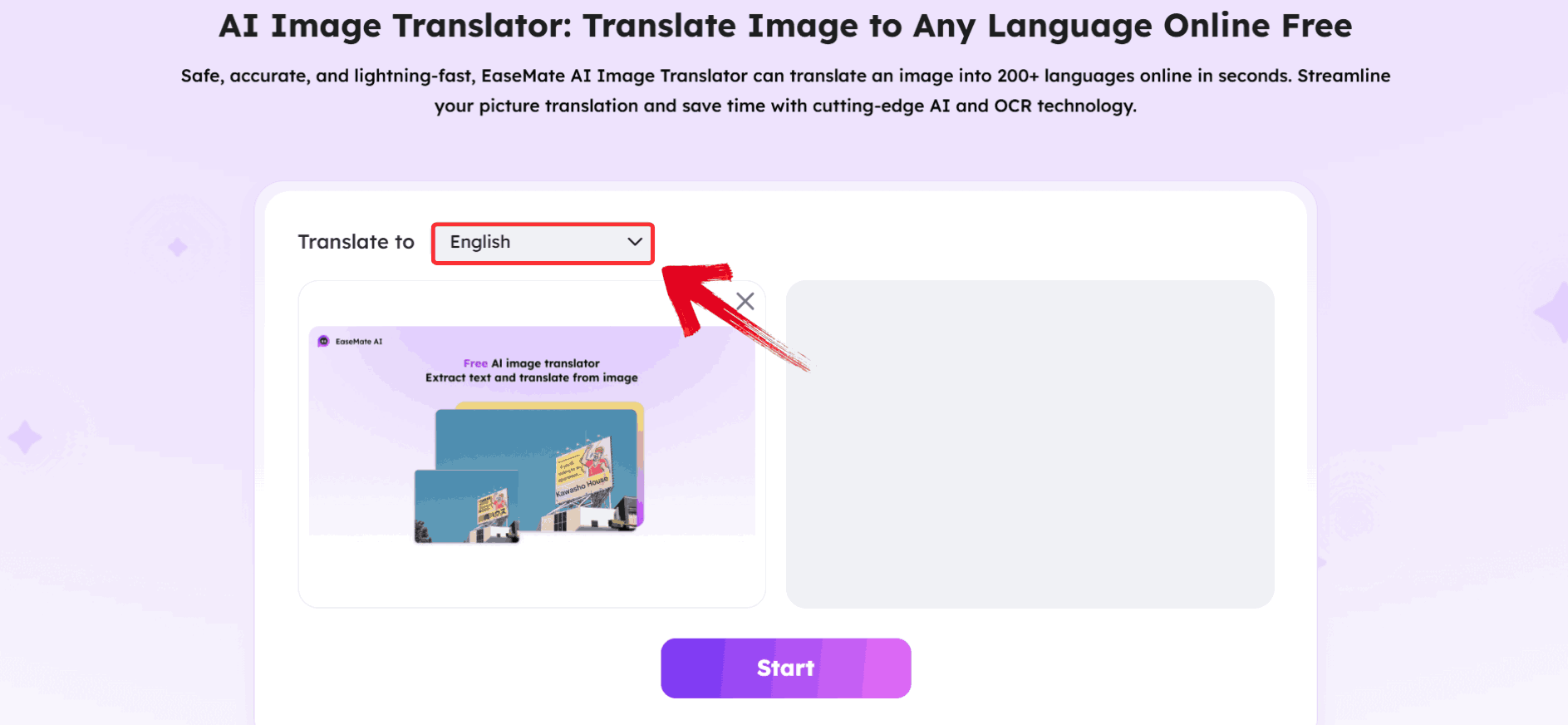
Step 3: From the menu, choose any language such as“Italian”, if you’re preparing a translated version for a European audience.
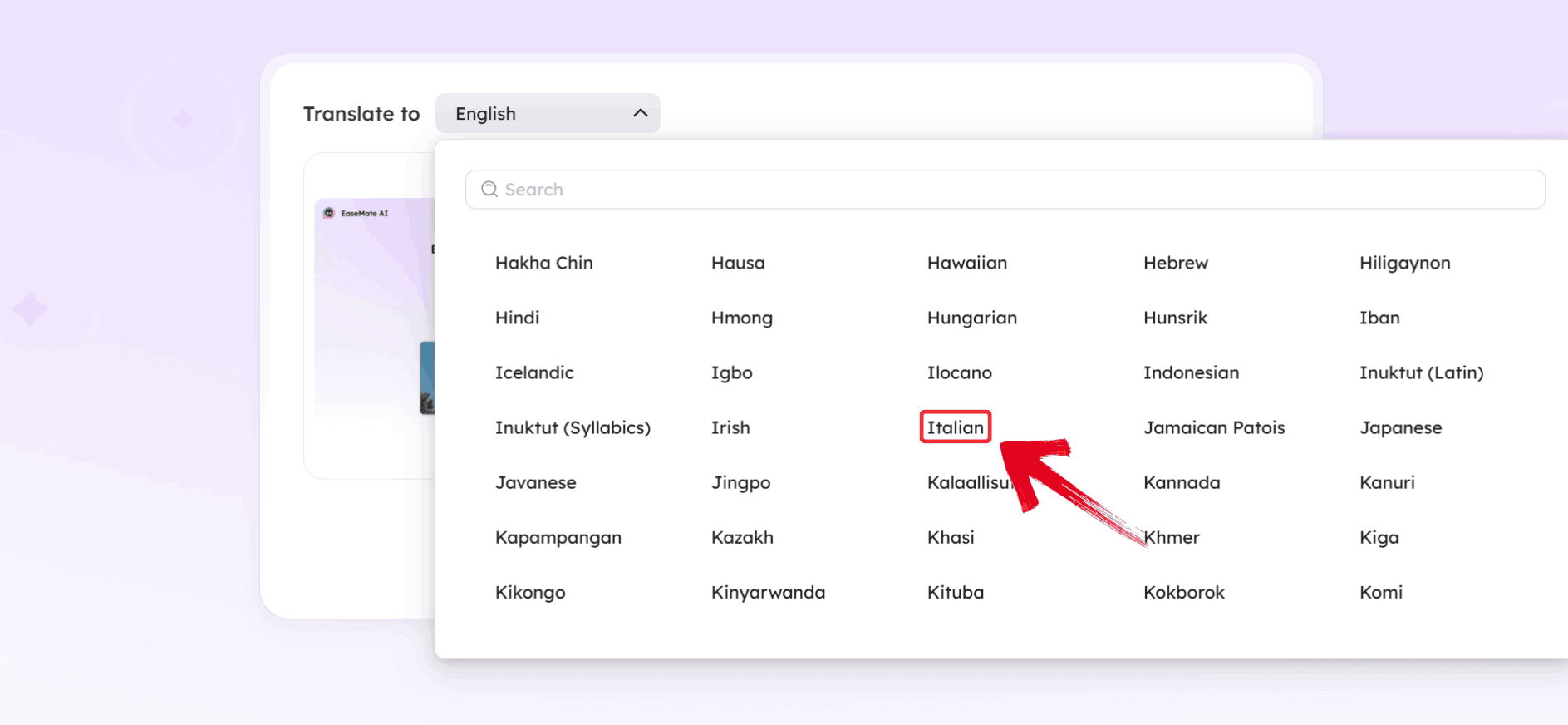
Step 4: Click on “Start”, and EaseMate AI will begin processing your file. Within moments, your translated text will appear.
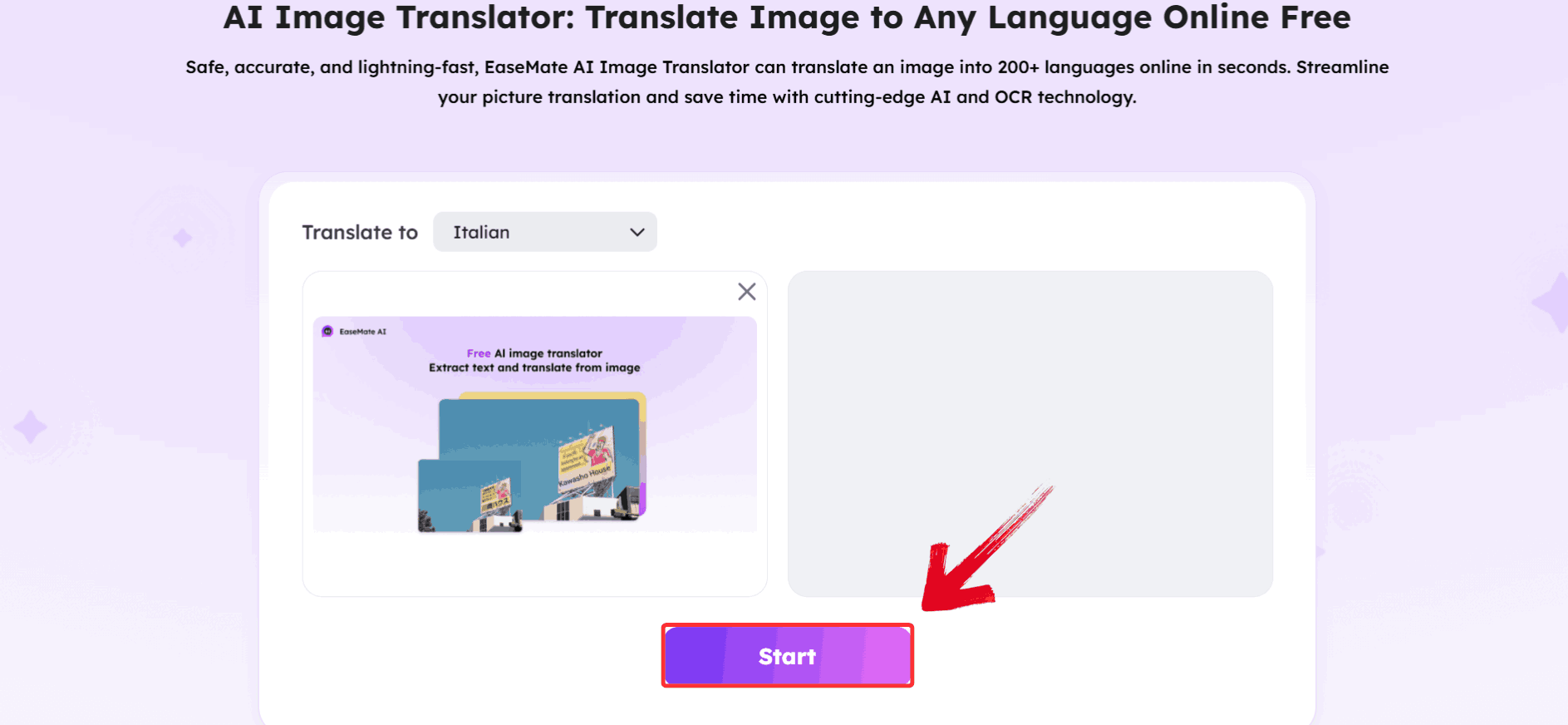
Quick Comparison Table
The reality about all of these tools is that the best one really depends on what you’re trying to achieve. AnyDoc Translator gave me precise, well-formatted translations that looked almost identical to the originals. Google Translate, on the other hand, was my quickest fix when I just needed to understand a few lines from a sign or screenshot. To make it easier for you to decide, here’s a quick comparison of how each tool performs across accuracy, speed, and usability.
| Tool | Best For | Internet Needed | Format Preservation | Ideal Use Case |
|---|---|---|---|---|
| AnyDoc Translator | High-accuracy document translations | Yes | Excellent | Reports, scanned books |
| Google Translate | Instant casual translations | Optional | Low | Signs, menus, packaging |
| EaseMate AI | AI-enhanced translation | Yes | Moderate | Screenshots, research |
AnyDoc Translator edges ahead when you need precision and structure. It’s not just about getting the words right, it’s about keeping your document readable and professional after translation.
FAQs
1. Can I translate handwritten text from a picture?
Yes, but results vary. Google Translate and EaseMate AI can recognize clear handwriting, though typed text is always more accurate.
2. How do I ensure translation accuracy?
Use high-quality, well-lit images. Avoid glare and ensure the text is clear. For formal needs, stick to AnyDoc Translator.
3. Are these tools free?
All three offer free tiers. AnyDoc and EaseMate may have premium versions for higher-quality outputs or larger files.
Photo to Fluent with AnyDoc
Typing text from images is old news now. With today’s AI tools, knowing how to translate a picture lets you turn scanned pages, screenshots, or photos into clean, translated text in seconds. AnyDoc Translator handles this especially well as it keeps the original layout intact and delivers translations that feel natural and accurate. For quicker, lighter use, tools like Google Translate or EaseMate AI still do the job, but AnyDoc’s reliability makes it the default choice for more detailed work.

